Plant Profiles: Telanthera (2024 Guide)

Ever thought your aquarium could use a splash of excitement? Telanthera (Alternanthera Reineckii), a plant commonly planted underwater, is a long-time aquarium staple that is popular with aquarists of all skill levels.
While it is regularly sold, the majority of it, unfortunately, does not last long because this plant is a little more temperamental than others.
But armed with the right knowledge, you still have an excellent shot at growing this stunning scarlet wonder!
Telanthera Care Guide
- Scientific Name: Alternanthera Reineckii
- Nutritional Needs: Moderate
- Origin: South America
- Light Level: Moderate to High
- Care Level: Moderate
- Carbon Dioxide: Required
- Growth Rate: Medium
- Height: 10 to 20 inches
Overview of Telanthera
Telanthera Cardinalis, also known as Alternanthera Reineckii var Roseafolia, is found in shallow streams across South America where bright lighting can penetrate the water with ease. Rich muddy streambanks provide it with the iron and other nutrients it demands and allows it to form bright red and green carpets along the shore!
There are actually a number of species in the genus Alternanthera and the majority of them are fussy, difficult plants suitable for expert level aquascapers only. But Alternanthera Reineckii is the easiest of the group to grow and just as rewarding in terms of color potential!
NOTE: before buying a bunch, Telanthera is still not a beginner-friendly plant.
Stem plants in general are more difficult to care for and Telanthera is no exception. They almost all need moderate to bright lighting, carbon dioxide injection, and a rich substrate to fuel constant growth.
Keeping Telanthera Leaves Red
Many aquarists find that shortly after buying a brilliant red aquarium plant, it eventually fades to pink or even green. Red plants tend to be very light hungry because they have less chlorophyll to provide nutrition and Telanthera is no exception.
So we need to compensate for the plant by providing intense lighting that allows what chloroplasts the cells already have to provide energy for the plant. Otherwise, the red pigments will fade to green as the plant increases leaf chlorophyll to take better advantage of lower light levels.
Another trick to boost your reds is to add dual red and blue lighting. Strong red lights stimulate the plant to produce more red pigments and the combination of red and blue will deepen the leaves to a maroon or purple hue.
However, you still need to provide proper PAR lighting alongside your red and blue lights to keep them from fading. Lighting Telanthera is tricky but well worth the effort if you want to see brilliant crimson foliage in your tank!
How Fast Does Telanthera Grow?
On a typical day, Telanthera is a slow and steady kind of plant. It’s not going to sprint towards the light, but it will trot consistently along. Expect a moderate growth rate, with an increase in speed if the conditions are just right.
Height: 10 to 20 inches

How Can I Encourage Faster Growth in Telanthera?
Telanthera is pretty chill for an aquatic plant, but it still has some preferences. Here are the ideal conditions for our crimson buddy:
-
Lighting: Adequate light is key! Telanthera needs the limelight. Not just any light will do, though. You want a diva of an LED like the NICREW ClassicLED Plus.
-
Fertilizer: Your Telanthera got a big appetite for iron, so keep the buffet stocked with Seachem Flourish Iron 500ml.
Add in some Thrive+ All-in-One Liquid Aquarium Fertilizer for nutrients.
- Carbon Dioxide: It’s not an optional thing. You can either set up a full-scale CO2 delivery system (yes, they’re a thing)
And that’s it.
Light. Fertilizer. CO2. The Holy Trinity of making your Telanthera the talk of the tank.

Telanthera Propagation
Ever wanted to play plant parent? Good news: propagating Telanthera is as easy!
Materials Required:
- Plant scissors
- Telanthera plant
- Appropriate lighting and substrate
Steps:
- Prepare your tools: Start by cleaning your plant scissors. It’s important that you only use scissors meant for plants, like the Fistoy Aquarium Scissor Tweezers Spatula Tool. They are razor-sharp and will minimize crushing of the plant tissues.
- Locate the growing tip: The growing tip of the plant is typically the top section. This is where you’ll make your cut.
- Trim the plant: With your clean, sharp plant scissors, cut a section off the top growing tip of the Telanthera plant. Be careful not to use kitchen shears, paper scissors, or other non-planting scissors. Using the wrong type of scissors can cause damage to the plant and potentially lead to rot.
- Divide the stem: If you have a particularly long stem, you can cut it into several sections. Ensure that each section has 4 to 5 leaves attached. A stem section with too few leaves may not survive.
- Floating or Planting: Some aquarists prefer to let the cut sections of Telanthera float in the aquarium. They will have all the lighting and CO2 they need to grow new roots. However, the stem can twist and complicate future planting.
- Plant the cuttings: You may choose to plant each section directly in the substrate. A fine substrate is preferable, as the stems may not be easily held down by larger gravel.
- Ensure appropriate lighting: As long as the lighting near the substrate is moderate to bright, your Telanthera shoots will quickly take root and start to grow upward!
NOTE: Every parent plant produces a “mother plant” or a parent plant which is a cloned version of the original. It’s fascinating to see how the telanthera cardinalis behave in their native marshy habitat.
Aquascaping with Telanthera
The medium to tall height of Telanthera makes it an excellent midground to background plant in most aquascapes. It does not tend to grow as thickly as other background plants so I would not rely solely on Telanthera to hide the background unless you’re growing it in a smaller aquarium.
Telanthera is used much more frequently as an accent plant! The crimson tones stand out strongly from the greens of the other plants on display. And since Telanthera doesn’t spread invasively, it makes a great midground accent that needs little maintenance once established.
Alternanthera Reineckii ”mini” is short enough to be used as a midground to foreground plant for larger aquariums. In smaller tanks you are better off using it as a midground plant since at 4 to 6 inches it is still taller than most true foreground and carpeting plants.
Compatible Tank Mates for Telanthera
Telanthera is a bit like a popular kid – it gets along with most tank mates. Small to medium-sized fish, shrimp, and snails all make for good company:
-
Small to Medium-sized Fish:
- Neon Tetras
- Betta Fish
- Molly Fish
- Guppies
-
Shrimp:
- Cherry Shrimp
- Amano Shrimp
- Ghost Shrimp
-
Snails:
- Nerite Snails
- Mystery Snails
- Ramshorn Snails
REMEMBER: keeping plant-eating species, aggressive, or large fish that can uproot or damage the Telanthera should be avoided.
Other Telanthera Cultivars
Like many aquarium plants there are several varieties of Telanthera found in the trade, almost all of which are sold under the scientific name. The two most popular are Alternanthera reineckii ”roseafolia” and Alternanthera reineckii ”mini!”
Alternanthera reineckii ”roseafolia” is a cultivar bred for the maximum red potential of Telanthera. When given the right lighting and nutrition, you will see crimson along not only the underside of the leaf but the tops as well, providing a nice contrast in your aquarium. If it gets the necessary water conditions, this healthy plant can even turn into a deep red or a lighter pinkish red coloration, especially when given strong red and blue lighting on top of photosynthetically active radiation and iron supplementation.
And the other is Alternanthera reineckii ”mini!” As the name suggests, this is a dwarf cultivar that rarely grows beyond 8 inches. When given properly intense light it can stay as short as 4 to 6 inches in the right conditions. Telanthera “mini” really does need strong lighting because it grows so low to the substrate. Other varieties will grow taller to make up for any deficits but the “mini” variety will likely die if kept in moderate to low light conditions.
Frequently Asked Questions for Telanthera Care
Is Telanthera Suitable for Beginner Aquarists?
While it’s a stunner and all, it’s not exactly the ‘easy red plant‘ they make it out to be. Like the most red aquarium plants, it craves attention, a diva among the stem plant world.
But with patience, a dash of resilience, and this guide (wink wink), you can turn your fish tank into a fabulous Telanthera runway.
WARNING: Always double-check your tank size before turning it into a Telanthera haven. Too crowded and you’ll have a diva revolt on your hands.
How to Plant Telanthera?
1. Make sure you’ve got enough lighting. Telanthera loves the limelight, you know. High lighting will ensure your plants retain that stunning red or bronze color. Your best bet? Direct artificial light, my friend.
2. Next, plant your Telanthera stem cuttings right into your aquarium substrate. A nutrient-rich substrate is a pretty good idea.
Can Telanthera Be Planted in Gravel?
Sure, it could. But just because you can, doesn’t mean you should.
NOTE: This plant’s a natural habitat diva. It prefers nutrient-rich substrate for its deep roots.
How Often Should I Fertilize Telanthera?
Telanthera Cardinalis stems crave liquid fertilizer. To keep them satisfied, fertilize weekly or bi-weekly depending on your setup.
Just don’t forget the add water fertilizer tablets. They are like the energy bars to your plant.
Where to Buy Telanthera?
It’s actually pretty easy. The big family of online plant nurseries will happily ship your Telanthera right to your door. The only downside is the shipping cost, but hey, this unique plant is worth it!
Visit ChiChi’s Planted Dreams to get your Telanthera and other plant needs.
Additionally, for expert tips and shared experiences, consider joining our Facebook community group. We have a rapidly growing family of over 450k+ members who share a common passion for aquarium life!
Conclusion
In a world where green plants rule, Telanthera – an artist among mostly green plants – dares to stand out with its deep purple colored underside.
Stem plants are difficult, as are red plants. And many of the Alternanthera are a real challenge!
But Telanthera is one of the easiest of the bunch to grow, so long as you’re already familiar with the basics of aquatic plant care! Don’t be too stingy on light, fertilizer, or carbon dioxide, and you’re all but guaranteed to succeed in creating patches of red among your greenery!
Lastly, proper care of your Telanthera could lead to a lot of drama in your tank – the good kind, of course. You’ll be witnessing its pinkish or purplish hue, and let’s not forget the little hiding places it can provide for your smaller fish.
Have fun!
No comments

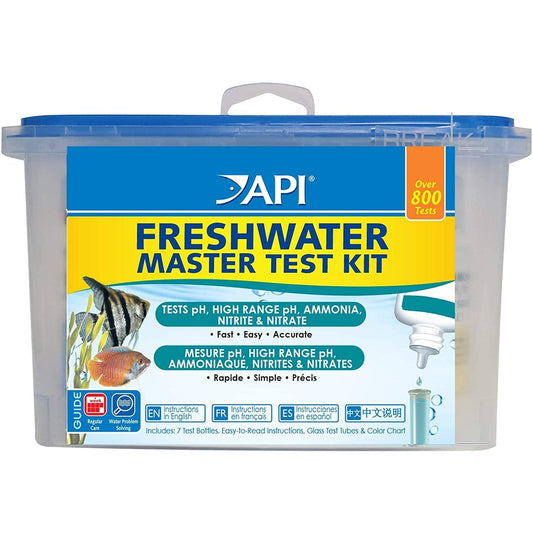
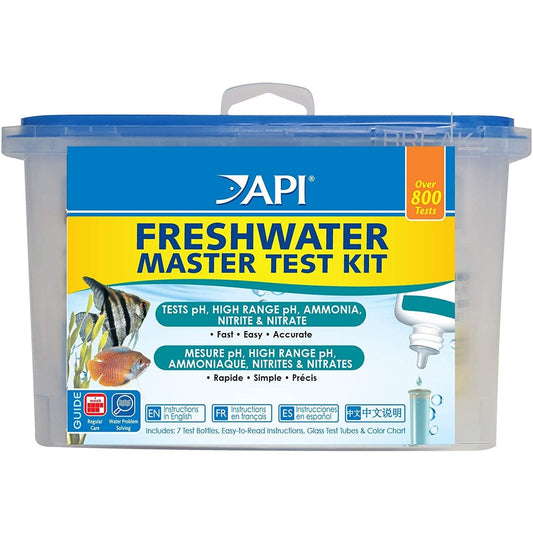
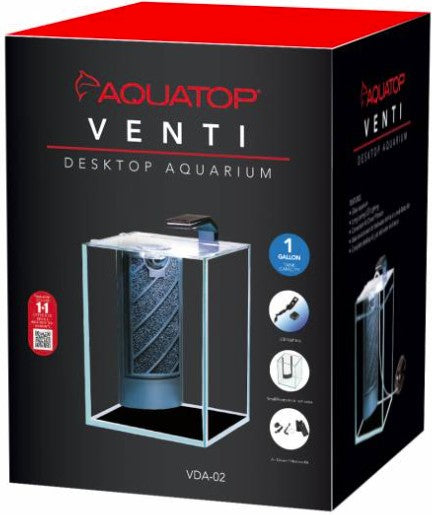



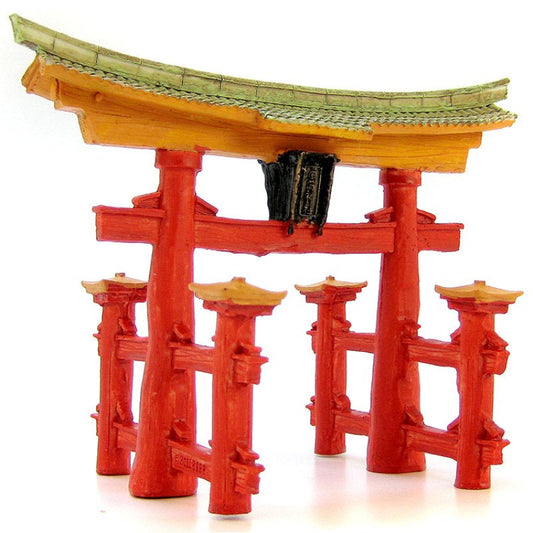

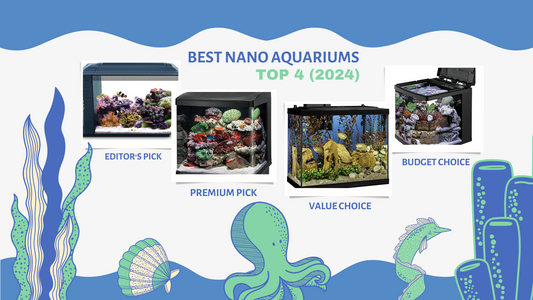
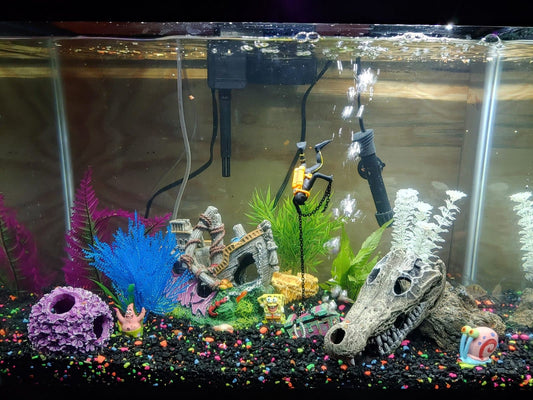



comments